Plant Terminology: Annuals, Biennials, Perennials
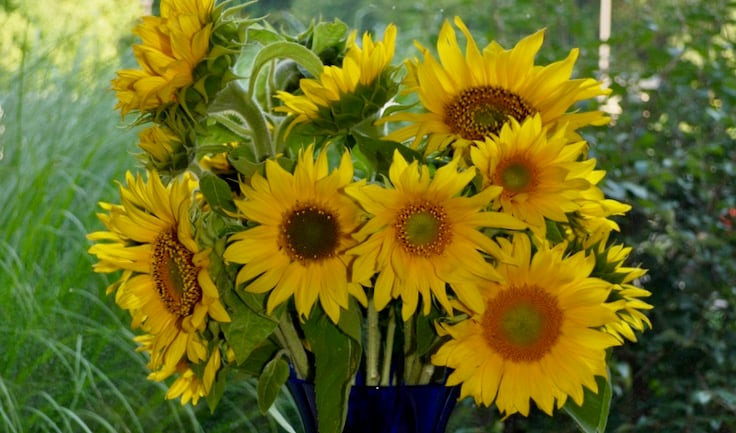 Sunflowers are annual plants loved by people — and pollinators! All photos by Suzanne DeJohn.
Sunflowers are annual plants loved by people — and pollinators! All photos by Suzanne DeJohn.Annual, perennial, biennial – these important terms refer to a plant’s life cycle or life span, which usually includes the production of flowers and seeds that guarantee the next generation. They’re important for gardeners to understand if they’re to choose plants wisely. Although the distinctions are occasionally blurred, for the most part you can refer to the following definitions.
Annuals: Live For One Season
Annual plants complete their life cycle in one growing season. Zinnias, for example, sprout from seeds in spring, produce foliage, and then begin flowering. By late summer these flowers, if left on the plant, go to seed — that is, they mature into a seed-head filled with viable seeds. The mother plant dies with the first frost, but she’s produced hundreds or even thousands of seeds capable of carrying on the next generation. The same holds true for beans. If we don’t harvest them, the seeds will mature within the pods.
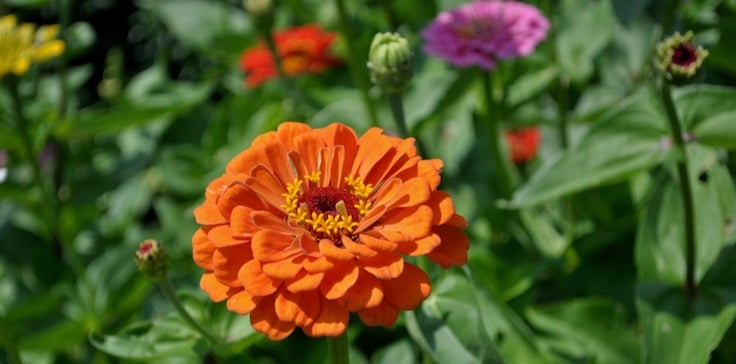 Annual zinnias are colorful, long-blooming summer favorites.
Annual zinnias are colorful, long-blooming summer favorites.Biennials: Live for Two Years
These intriguing plants live for two seasons. In their first season, the seeds sprout and the plant produces only foliage, and then overwinters. The next spring, it sprouts to life and produces flowers and mature seed, after which the plant dies. Some of our favorite vegetables are biennials. In its first season a carrot plant develops a deep, carbohydrate-filled taproot to store energy needed to survive winter. If left unharvested, the plant will re-sprout in spring, produce flower and seeds, and then die back. Cabbage, kale, and celery are also biennials, as are Canterbury bells and many foxgloves.
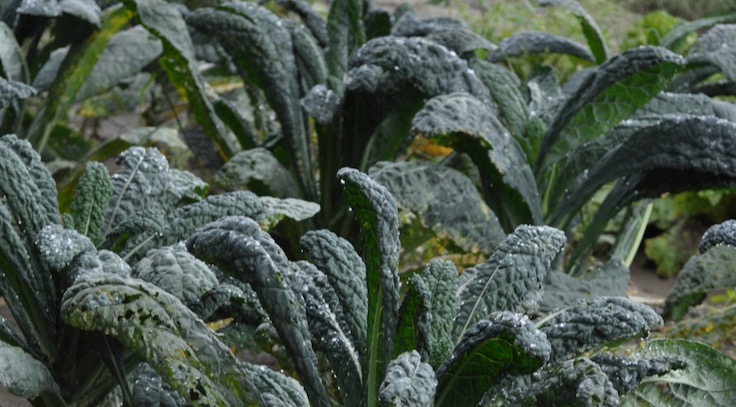 Kale is a biennial; left in the garden over the winter, it will resprout in spring, bloom, and produce seeds.
Kale is a biennial; left in the garden over the winter, it will resprout in spring, bloom, and produce seeds.
 Most foxgloves are biennials; however, some varieties will bloom their first year if seed is sown in early spring.
Most foxgloves are biennials; however, some varieties will bloom their first year if seed is sown in early spring.Perennials: Live for Three or More Years
Defined as plants that live for three or more years, perennials vary in their life spans. Some perennials are described as short-lived. An individual columbine plant, for example, may live for several years and then begin to die back. However, in that span it has produced plenty of seed. Peonies and daylilies, on the other hand, are long-lived, lasting for a decade or longer if given ideal growing conditions.
 Peonies are long-lived perennials that will awe you with their sumptous blooms year after year.
Peonies are long-lived perennials that will awe you with their sumptous blooms year after year.Self-Sowing Annuals: Reseed Themselves
Some annuals behave like perennials, in that they appear to return year after year. However, each year brings a new generation of plants that have grown from seeds dropped by the mother plant, which died at the end of the previous growing season. This tendency is also referred to as self-seeding or reseeding. Calendula and cornflower are two self-sowing annuals. When a plant shows up in a different spot in the garden, the seed having been carried by an insect, animal, or the wind, the surprise plant is sometimes called a volunteer.
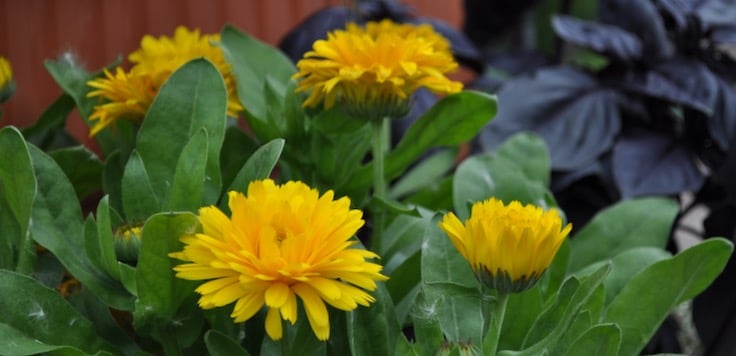 At the end of the growing season, calendulas will drop their seeds, which may ovewinter and sprout the following spring.
At the end of the growing season, calendulas will drop their seeds, which may ovewinter and sprout the following spring.Half-Hardy Annuals: Tolerate Light Frosts
Unlike zinnias and marigolds that need warm temperatures, some annuals will sprout in early spring and continue growing into fall, tolerating frosts and even light freezes. They’ll be killed back by a prolonged or deep freeze. Examples include sweet peas and snapdragons.
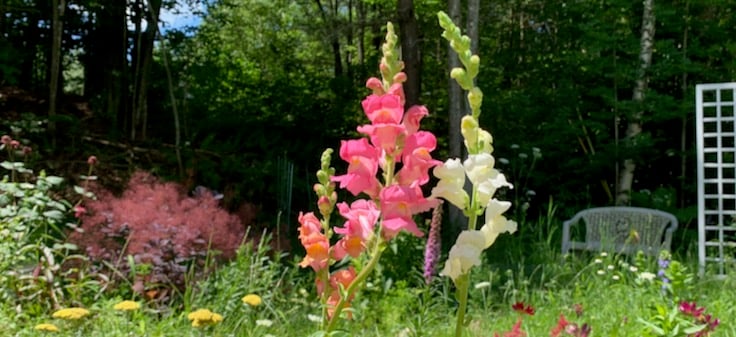 Snapdragons grow best in cooler temperature and will tolerate light frosts.
Snapdragons grow best in cooler temperature and will tolerate light frosts.Temperennials: Perennial in Warmer Regions
Although it’s not widely used, the term temperennial makes an important distinction. It describes plants that are perennial in their native habitat, often tropical or semi-tropical, but are grown as annuals in colder regions. Some temperennials, such as cannas, are hardy to regions as cool as zone 8. Elsewhere, the roots must be dug up and overwintered in a sheltered spot. Peppers, tomatoes, and eggplants are all perennials, as are many petunias and the bright red geraniums (Pelargonium species) sold alongside the annuals. They can all be grown year-round in frost-free areas, or overwintered indoors in cooler locales.
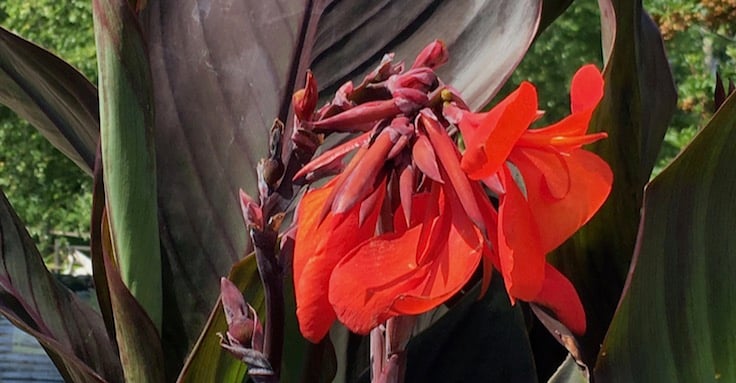 Cannas are perennial in zones 8 and warmer. In regions with colder winters the roots must be dug up and stored indoors over the winter.
Cannas are perennial in zones 8 and warmer. In regions with colder winters the roots must be dug up and stored indoors over the winter.
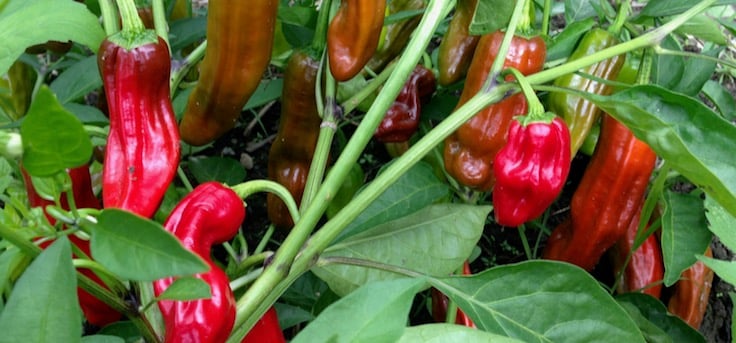 Although most gardeners grow them as annuals, pepper plants are perennial in frost-free regions.
Although most gardeners grow them as annuals, pepper plants are perennial in frost-free regions.Woody Plants: Yes, They're Perennials, Too
What about trees and shrubs? Plants that produce woody stems are, technically speaking, perennials, because they live for three or more years. However, we usually reserve the term perennial for herbaceous (non-woody) plants.
 Lilacs are long-lived woody plants (shrubs) with fragrant spring blooms.
Lilacs are long-lived woody plants (shrubs) with fragrant spring blooms.Learn More
Saving Seeds: One of Gardening's Best-Kept Secrets
Overwintering Tender Plants
Print this Article:
Get the Dirt
Stay up to date on new articles and advice. Please fill out the information below.

